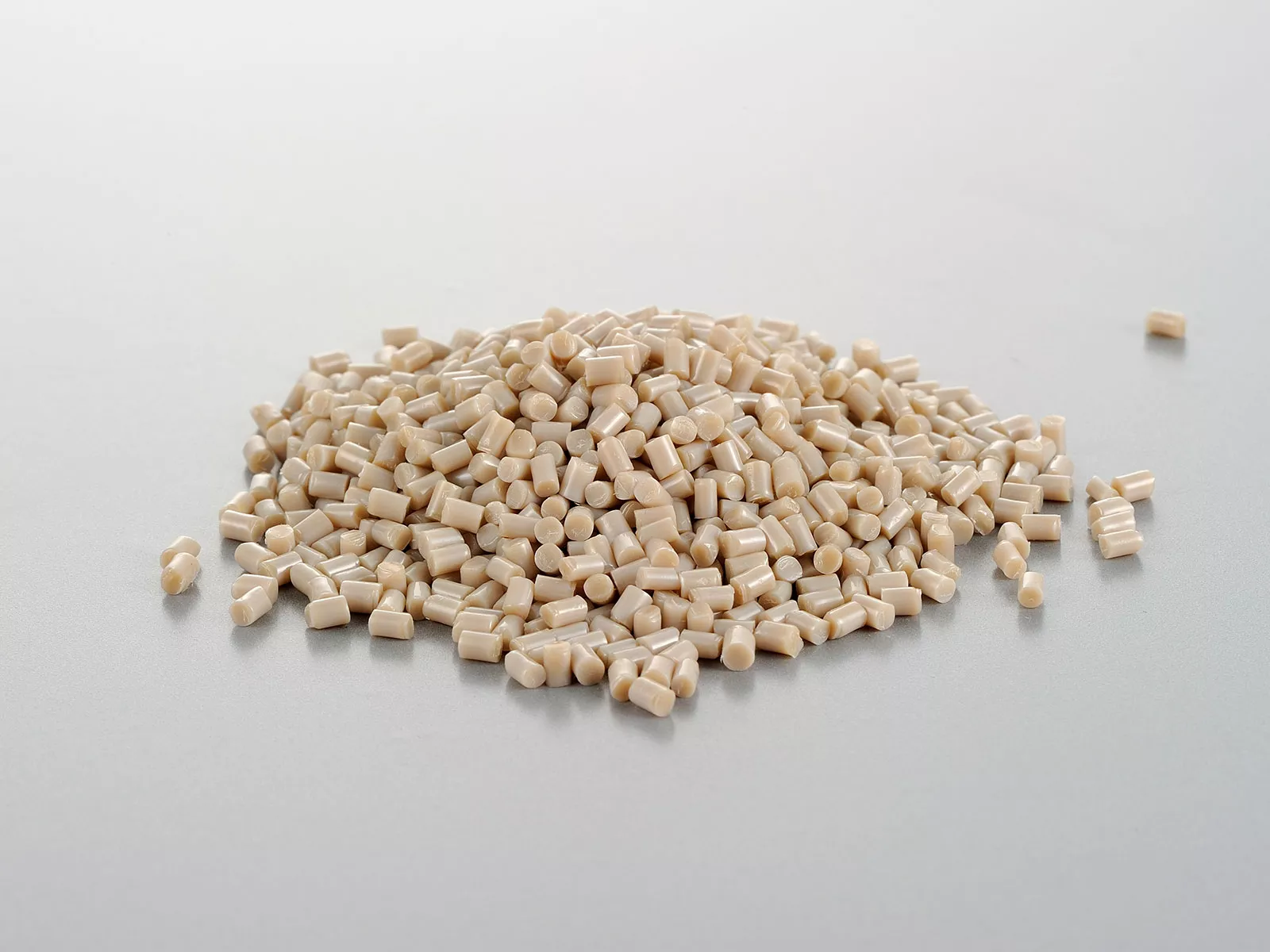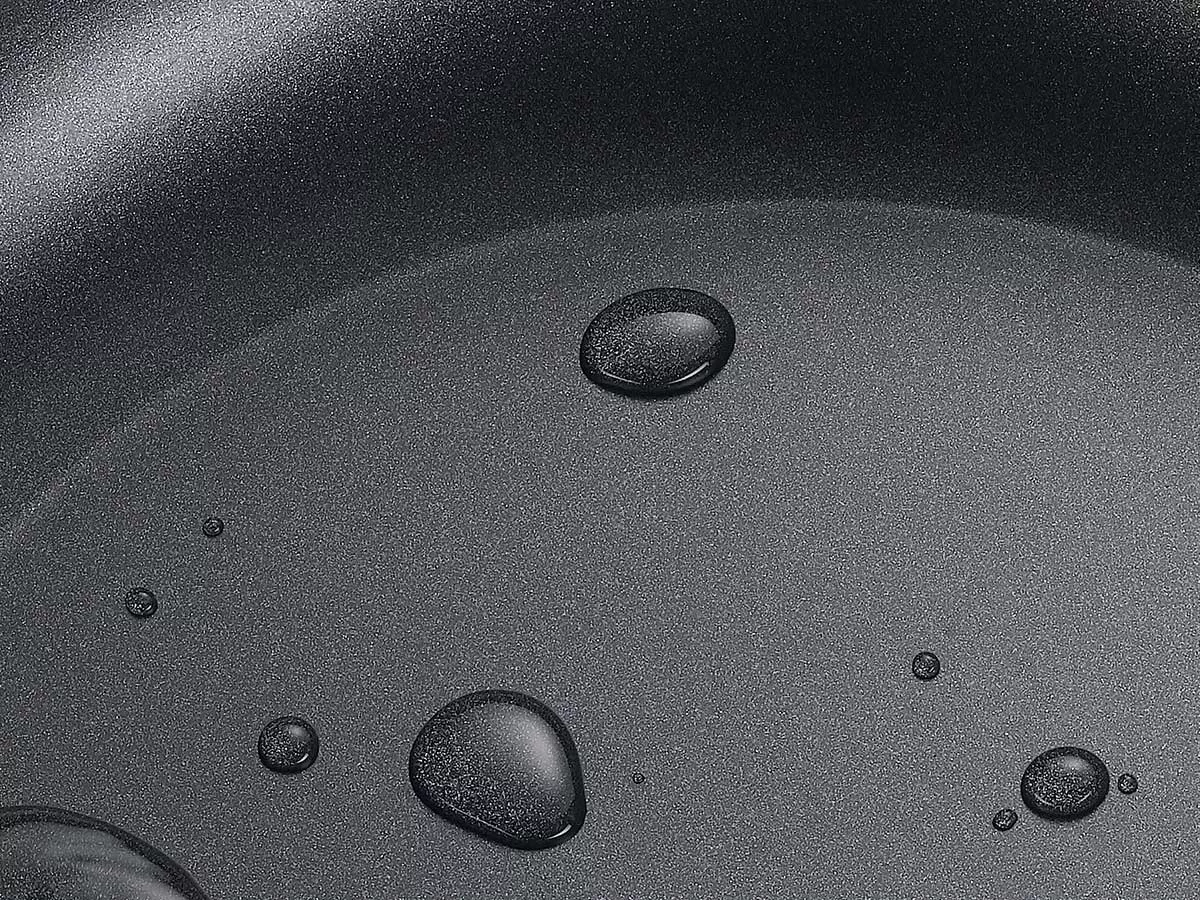Understanding the Basics of Non-Stick Coatings

What Are Non-Stick Coatings?
Non-stick coatings are special layers applied to cookware that help food slide off easily. These coatings make cooking and cleaning much simpler. The most common type is made from polytetrafluoroethylene (PTFE), often known by the brand name Teflon. Non-stick pans are usually made from materials like aluminum or stainless steel, which are then coated to enhance their cooking performance.
Types of Non-Stick Coatings
There are several types of non-stick coatings available:
- PTFE (Teflon): Known for its excellent non-stick properties.
- Ceramic: An eco-friendly option that is free from harmful chemicals.
- Diamond-Reinforced: Offers extra durability and scratch resistance.
- Graphene: A newer technology that promises high performance.
Common Uses of Non-Stick Coatings
Non-stick coatings are widely used in:
- Frying pans
- Baking sheets
- Cookware for delicate foods like eggs and pancakes
Benefits and Drawbacks
While non-stick coatings have many advantages, they also come with some downsides:
- Benefits:
- Easy to clean
- Requires less oil for cooking
- Reduces food sticking
- Drawbacks:
- Can be scratched easily
- Some coatings may release harmful fumes if overheated
- Limited lifespan compared to other cookware types
Non-stick coatings have changed the way we cook, making it easier to prepare meals without the hassle of food sticking to the pan. Understanding these coatings helps you choose the right cookware for your kitchen needs.
Innovations in Enhancing Scratch-Resistance
New PTFE Formulations
Recent advancements in PTFE formulations have led to the creation of coatings that are not only non-stick but also more durable. These new formulations are designed to withstand higher temperatures and resist scratches better than traditional options. For example, the ScratchDefense™ nonstick technology is made from aerospace-grade materials, resulting in a thicker and harder surface.
Nature-Inspired Surface Patterns
Innovators are looking to nature for inspiration. By mimicking natural textures, manufacturers have developed coatings that enhance scratch resistance. These patterns help to distribute heat evenly and reduce wear over time.
Diamond-Reinforced Coatings
Another exciting development is the use of diamond-reinforced coatings. These coatings incorporate tiny diamond particles, making the surface incredibly tough and resistant to scratches. This technology not only improves durability but also maintains the non-stick properties that consumers love.
Graphene Coatings
Graphene, known for its strength and lightweight properties, is being explored as a new non-stick coating. This innovative material offers excellent scratch resistance while being environmentally friendly. Graphene coatings can provide a longer lifespan for cookware, making them a promising option for the future.
The future of non-stick technology is bright, with innovations focusing on durability and performance without compromising safety.
| Coating Type | Scratch Resistance | Non-Stick Performance | Lifespan |
|---|---|---|---|
| Traditional PTFE | Moderate | Good | 1-5 years |
| Nature-Inspired Patterns | High | Excellent | 3-7 years |
| Diamond-Reinforced | Very High | Excellent | 5-10 years |
| Graphene | High | Excellent | 5+ years |
These innovations are paving the way for cookware that lasts longer and performs better, ensuring that consumers can enjoy their cooking experience without worrying about scratches or wear.
Proper Care and Maintenance for Longevity

Cleaning Techniques
To keep your non-stick cookware in great shape, handwashing is best. Here are some tips:
- Use mild dish soap and a soft sponge.
- Avoid using the dishwasher, as it can damage the coating.
- For tough stains, soak the pan in warm, soapy water before scrubbing gently.
Avoiding Abrasive Tools
Using the right tools is crucial for maintaining your cookware:
- Stick to wooden, silicone, or plastic utensils.
- Never use metal utensils, as they can scratch the surface.
- Avoid cutting food directly in the pan to prevent damage.
Proper Storage Solutions
How you store your cookware can affect its lifespan:
- Place soft cloths or pan protectors between stacked pans.
- Avoid stacking heavy items on top of non-stick cookware.
- Store in a cool, dry place to prevent moisture buildup.
Remember, most non-stick pans last an average of two to three years. Taking care of them can help extend their life!
Comparing Different Non-Stick Technologies

PTFE vs. Ceramic Coatings
PTFE, commonly known as Teflon®, has been a favorite for many years due to its excellent non-stick properties. It allows for cooking with less oil, making meals healthier. However, it has a maximum safe heating temperature of around 500°F (260°C). On the other hand, ceramic coatings are gaining popularity as an eco-friendly alternative. They are free from harmful chemicals like PFOA but may require more oil for cooking.
| Feature | PTFE (Teflon) | Ceramic Coatings |
|---|---|---|
| Non-Stick Performance | Excellent | Good |
| Heat Tolerance | Up to 500°F (260°C) | Higher than PTFE |
| Health Concerns | Yes (if overheated) | No |
Advantages of Cast Iron and Carbon Steel
Cast iron and carbon steel pans are natural non-stick options that develop their properties over time. They are great for high-heat cooking and can last a lifetime with proper care. However, they can be heavy and require seasoning to maintain their non-stick surface.
- Durability: Can last for generations.
- Heat Retention: Excellent for searing and frying.
- Versatility: Suitable for various cooking methods.
Emerging Non-Stick Technologies
New technologies are also making waves in the non-stick world:
- Diamond-Reinforced Coatings: Known for their durability and scratch resistance, but can be pricier.
- Silicone Coatings: Flexible and heat-resistant, though not ideal for high-heat cooking.
- Graphene Coatings: Still in development, promising exceptional non-stick properties.
Choosing the right non-stick technology depends on your cooking style and preferences. Each option has its own strengths and weaknesses, so consider what matters most to you in the kitchen.
Consumer Preferences and Trends
As consumers become more health-conscious, many are leaning towards eco-friendly options like ceramic coatings. However, traditional PTFE still holds a strong market share due to its effectiveness. Understanding these trends can help you make an informed choice when selecting non-stick cookware.
Eco-Friendly and Health-Conscious Alternatives
Ceramic Coatings
Ceramic cookware is becoming a popular choice for those looking for non-toxic options. These pots and pans are made with a ceramic coating that is free from harmful chemicals like PFAS and PFOA. They provide a smooth cooking surface and can withstand higher temperatures than traditional non-stick pans.
Cast Iron and Carbon Steel
For those who prefer a more traditional approach, cast iron and carbon steel pans are excellent alternatives. When seasoned properly, they develop a natural non-stick surface. These materials are incredibly durable and can handle high heat, making them perfect for various cooking methods.
Pure Ceramic Options
Pure ceramic cookware is made from natural materials like clay and minerals. This type of cookware is completely inert, meaning it won’t leach chemicals into your food. It’s ideal for low and slow cooking techniques, ensuring that your meals are both safe and delicious.
Benefits of Choosing Non-Toxic Options
- Healthier Cooking: Reduces exposure to harmful chemicals.
- Durability: Many non-toxic options are long-lasting and can withstand high temperatures.
- Eco-Friendly: Often made from recyclable materials, they have a lower environmental impact.
Choosing non-toxic cookware not only benefits your health but also supports eco-friendly practices. Many brands are now focusing on creating safer alternatives that meet consumer demands for both performance and sustainability.
| Type of Cookware | Key Features | Health Benefits |
|---|---|---|
| Ceramic Coatings | Non-toxic, high heat resistance | Free from PFAS and PFOA |
| Cast Iron | Naturally non-stick when seasoned | Durable and versatile |
| Pure Ceramic | Inert cooking surface | Safe for low and slow cooking |
Choosing the Right Non-Stick Coating for Your Needs

Selecting the right non-stick coating can be tricky, but it mainly depends on your cooking habits and what you prioritize in your kitchen. Here’s a simple guide to help you make the best choice:
Factors to Consider
- Cooking Style: Do you often fry, bake, or sauté? Different coatings work better for different methods.
- Health Concerns: If you want to avoid harmful chemicals, look for non-toxic options like ceramic or cast iron.
- Budget: Some coatings, like diamond-reinforced ones, can be pricier, so consider what you can afford.
Cooking Styles and Priorities
- Everyday Cooking: Traditional PTFE is great for low-fat cooking but be cautious about scratches.
- Eco-Friendly Choices: Ceramic coatings are PFOA-free and safer, though they may need more oil.
- High-Heat Cooking: For searing, seasoned cast iron or carbon steel is best, but they require more care.
Popular Brands and Products
| Brand | Type | Price Range | Key Features |
|---|---|---|---|
| Tefal | PTFE | $$ | Great non-stick properties |
| GreenPan | Ceramic | $$ | Eco-friendly, PFOA-free |
| Lodge | Cast Iron | $ | Durable, excellent heat retention |
| Scanpan | Diamond-Reinforced | $$$ | Scratch-resistant, long-lasting |
Choosing the right non-stick coating can enhance your cooking experience and ensure safety. Consider your needs carefully to find the best fit for your kitchen!
Future Trends in Non-Stick Cookware
Sustainability and Environmental Impact
The non-stick cookware market is shifting towards eco-friendly options. Many consumers are now looking for safer alternatives that do not contain harmful chemicals. This trend is driven by a growing awareness of health and environmental issues. Manufacturers are responding by creating non-stick coatings that are free from substances like PFOA and PTFE. This change not only boosts consumer confidence but also aligns with sustainability goals.
Technological Advancements
Innovations in non-stick technology are making cookware more efficient. For example, new coatings are being developed that improve scratch resistance and durability. Some manufacturers are even incorporating ferromagnetic materials to enhance performance on induction cooktops. These advancements ensure that non-stick cookware remains a practical choice for modern kitchens.
Consumer Demand and Market Trends
The global non-stick cookware market is forecasted to grow by USD 1.16 billion during 2023-2028, accelerating at a CAGR of 4.83%. This growth is fueled by changing consumer preferences, including a desire for healthier cooking options and convenience. As lifestyles become busier, non-stick cookware offers a time-saving solution that fits well into modern life.
Potential Challenges and Solutions
While the market is expanding, there are challenges to address. Safety concerns regarding certain non-stick coatings persist, especially at high temperatures. To build trust, manufacturers must be transparent about their materials and conduct thorough testing. Additionally, the lifespan of non-stick coatings can be a concern, leading to replacement costs. Companies need to focus on enhancing durability and offering warranties to reassure consumers.
The future of non-stick cookware looks promising, with a strong emphasis on safety, sustainability, and innovation. As consumers become more health-conscious, the industry is evolving to meet their needs.
Conclusion
In conclusion, improving the scratch-resistance of non-stick coatings is crucial for enhancing their durability and performance. By using innovative materials and techniques, manufacturers can create coatings that not only resist scratches but also maintain their non-stick properties. This means that consumers can enjoy cooking with less worry about damaging their cookware. Additionally, following proper care tips, like using gentle utensils and avoiding high heat, can help extend the life of these coatings. As technology continues to advance, we can expect even better options that combine safety, effectiveness, and ease of use, making cooking a more enjoyable experience for everyone.





